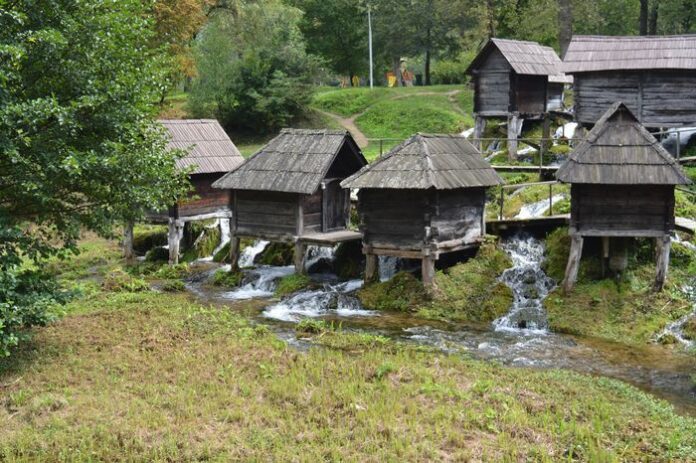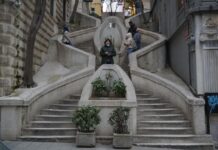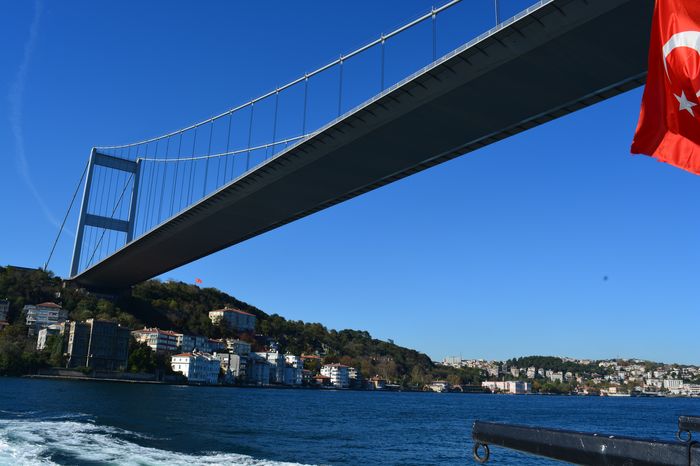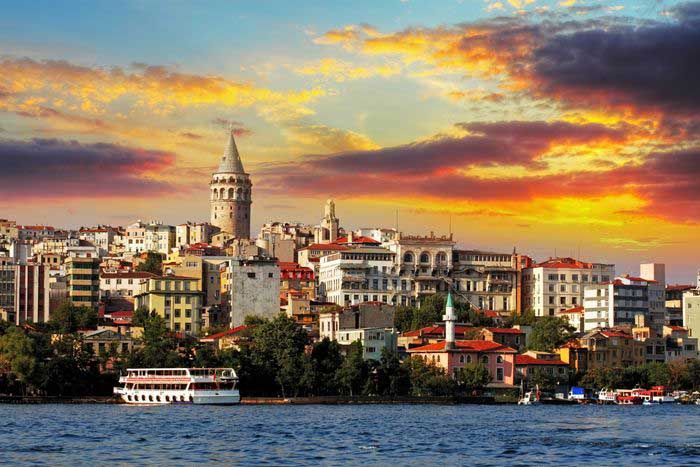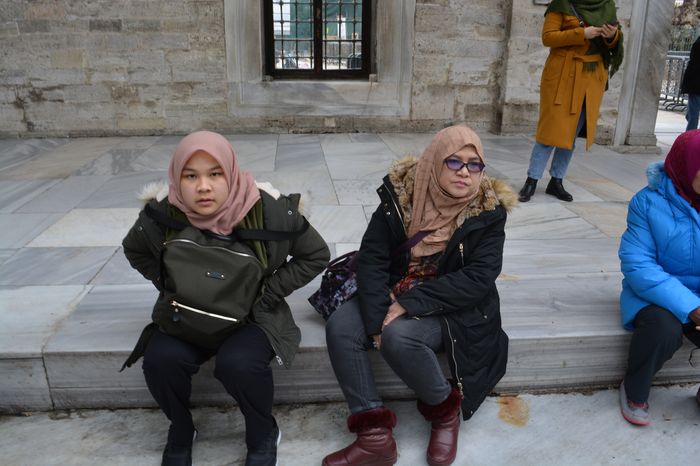This article explores the mystery surrounding the Capitol of Constantinople, a monument that symbolized Roman identity and played an important role in the city’s early layout. The Capitol was a central building in Constantinople, but many questions remain: Who built it? What did it look like? And, most importantly, did it serve the same religious purpose as the Capitol in Rome?
The Roman Capitol was famous as a temple and political center, so historians wonder if Constantinople’s Capitol was meant to copy these functions or if it had a different role. To try to answer this, the paper looks at historical records and archaeological clues.
One difficulty is that the Capitol of Constantinople vanished from records after a brief mention in the tenth-century Book of Ceremonies, an important Byzantine text describing official rituals. By the eighth century, the place where the Capitol once stood was known as the Philadelphion. This name referred to a group of monumental sculptures that decorated the front of the complex, but the actual building itself was no longer mentioned Decorative Motifs on Capitals.
What Was the Capitol Like?
Because the building no longer exists, scholars rely on written descriptions and comparisons to the original Capitol in Rome. The Roman Capitol was a religious and political hub with grand temples, especially dedicated to gods like Jupiter. Did Constantinople’s Capitol copy this exactly, or was it mainly symbolic—a way to show that Constantinople was the “New Rome”?
Some scholars suggest that the Capitol in Constantinople was designed to show the city’s connection to Rome, but it might not have been a place of religious worship. Instead, it could have served as a ceremonial space or a monument celebrating imperial power.
The Fate of the Capitol
The disappearance of the Capitol from historical records is puzzling. It is not mentioned after the tenth century, and by then, the site was called Philadelphion, after the statues that stood there. This change suggests that the building was either destroyed or fell out of use long before, and only the sculptures remained as a reminder of its importance Guided Istanbul Tour.
The Lost Walls of Constantinople
Another related topic is the old walls of Byzantium and Constantinople before the famous Theodosian Walls (built between 408 and 413 AD). These early walls have almost completely disappeared, and we know about them mostly through old writings.
One famous story from the tenth-century Patria of Constantinople mentions a “Byzas wall,” which was said to be part of a palace, not the city defenses. Before Constantinople was founded in 324 AD, the only city wall was the ancient Wall of Severus, built long before the Roman emperor Severus ruled.
New Findings on the Wall’s Location
The path of the Constantinian Wall (built by Emperor Constantine) has been studied and debated by historians. New research suggests that the northern part of this wall ran more toward the northwest than previously thought. This means earlier maps and reconstructions of ancient Constantinople might need to be revised to better match the real ancient city layout.
The Capitol of Constantinople remains a mystery because it disappeared early and was replaced by other monuments. Its role and appearance can only be guessed through texts and comparisons to Rome. Similarly, the old city walls, now lost, tell a story of a city constantly changing and rebuilding, reflecting the history of a great empire that lasted for over a thousand years.
